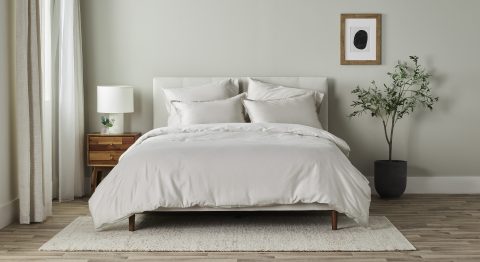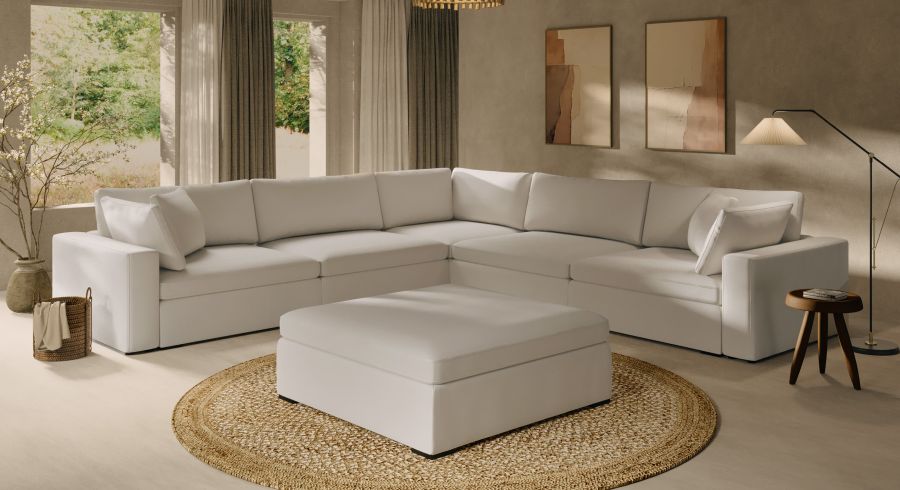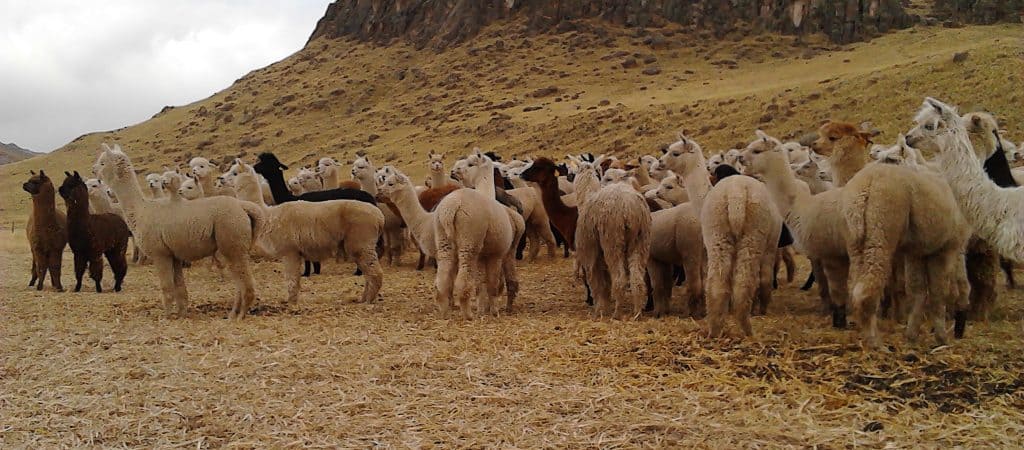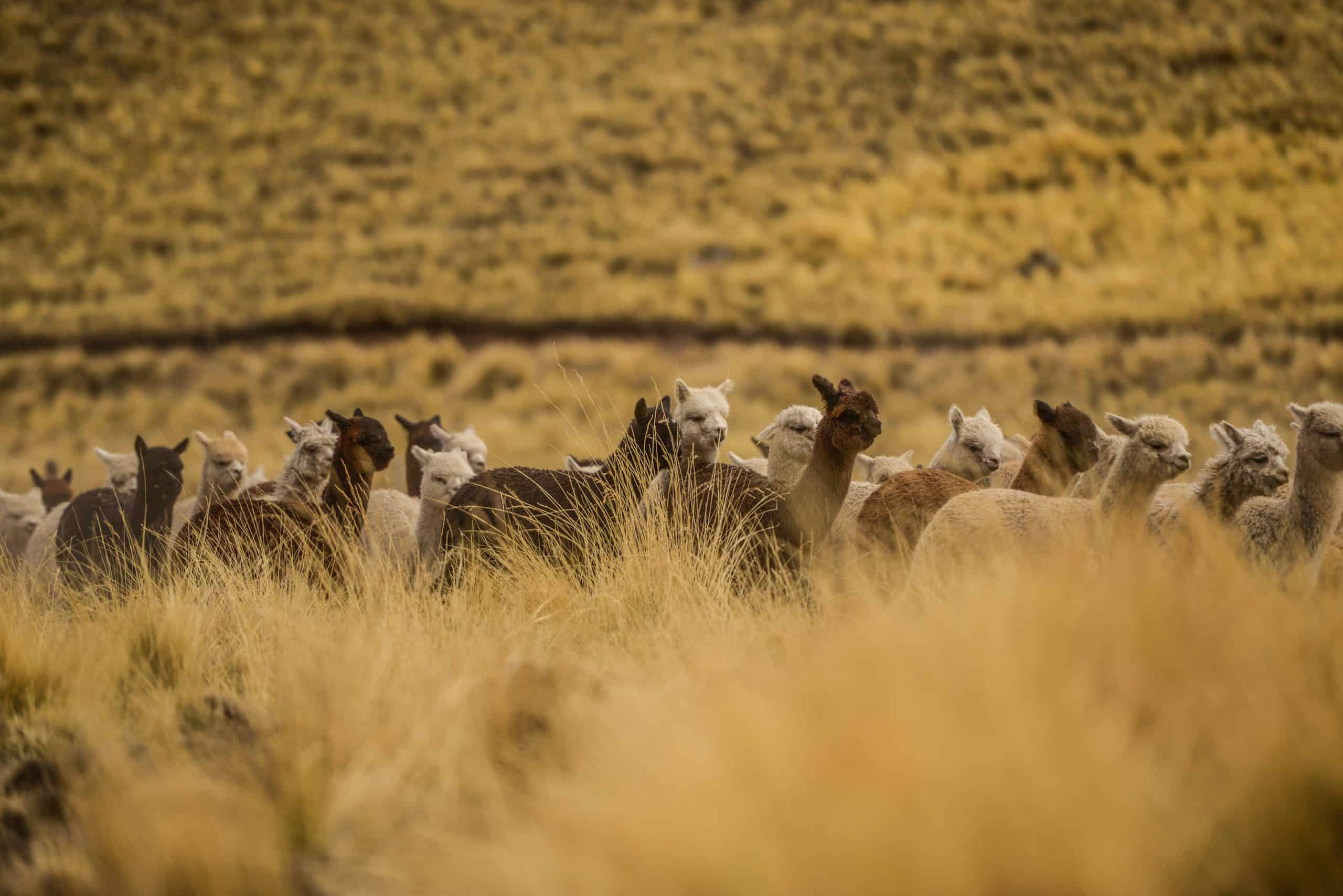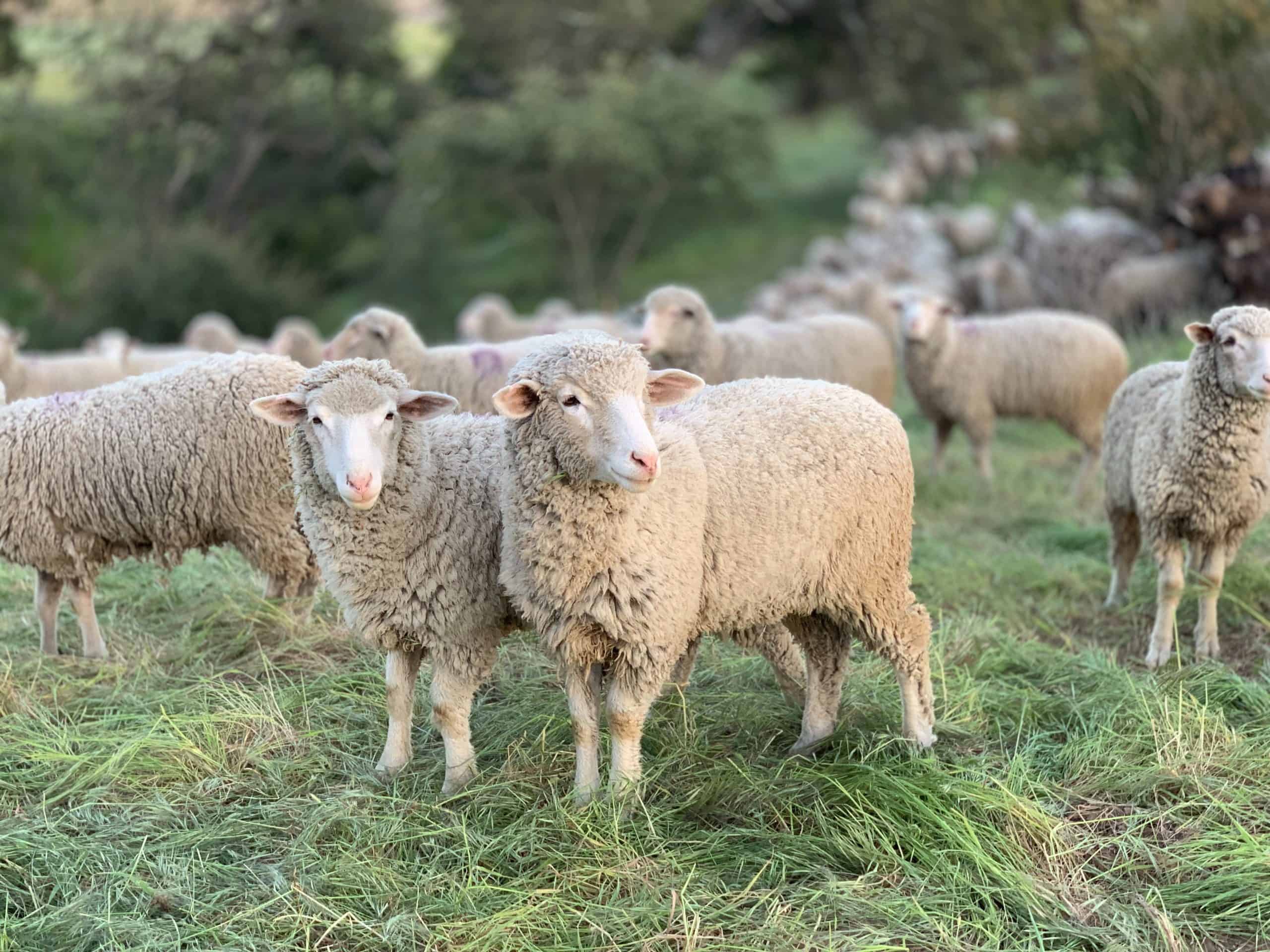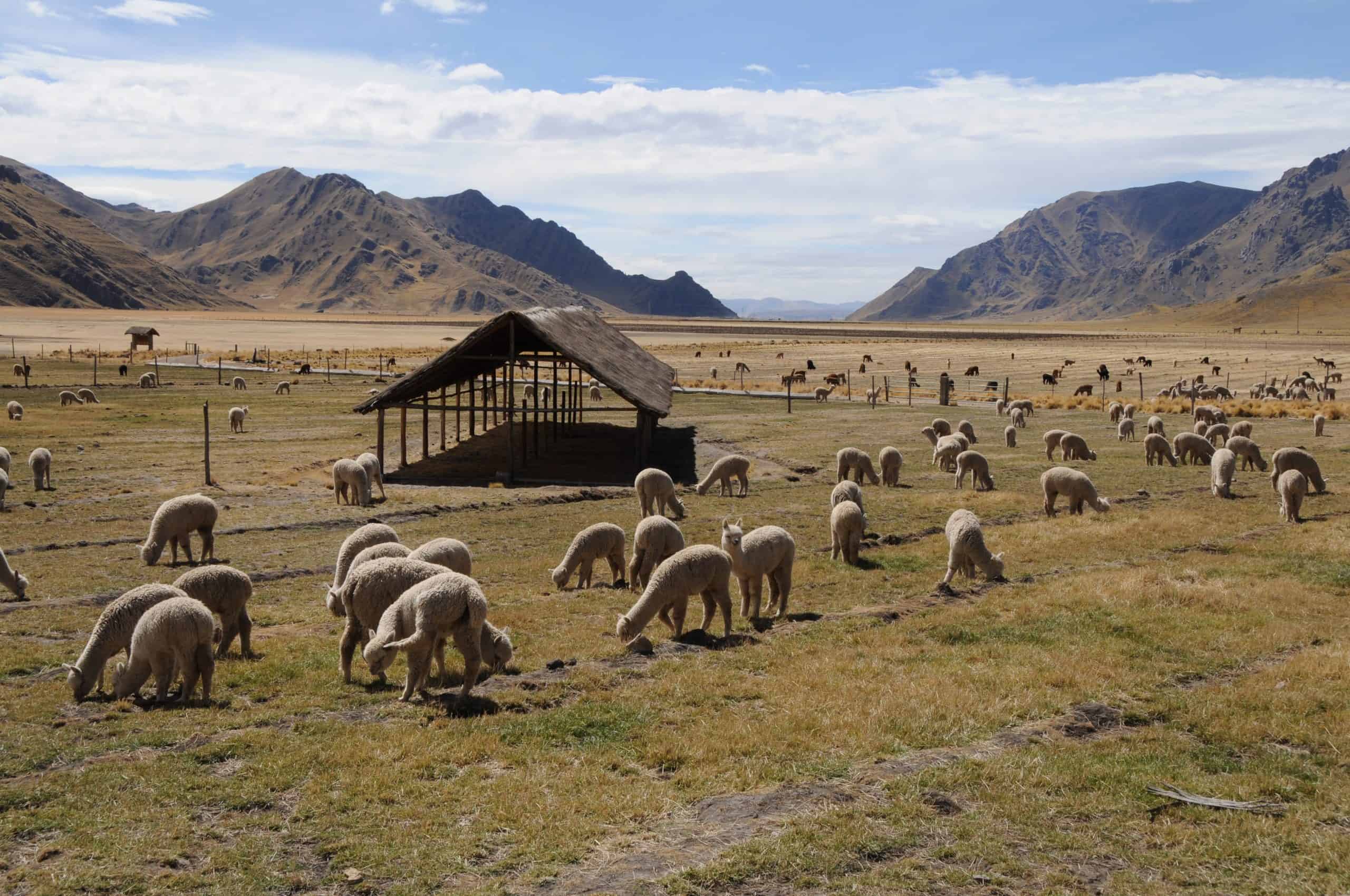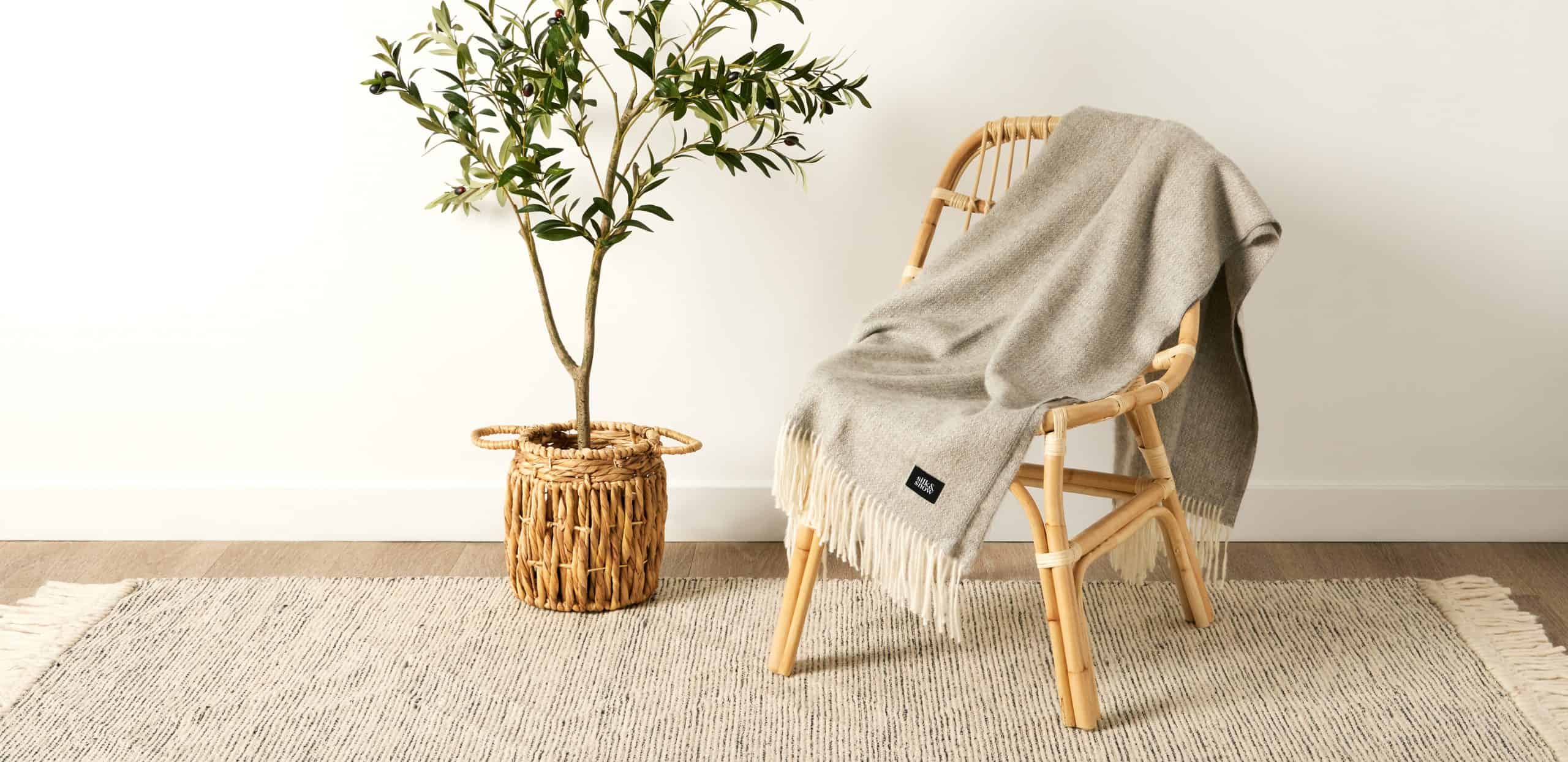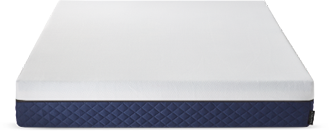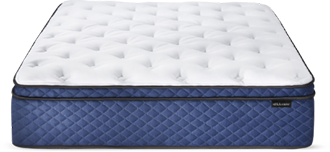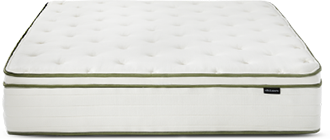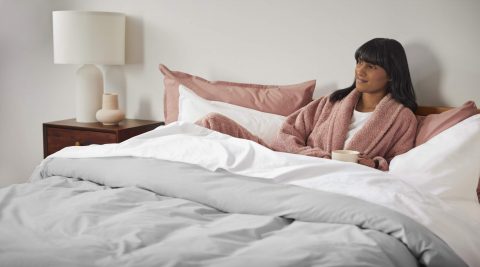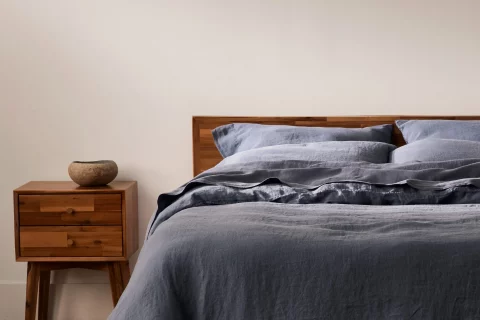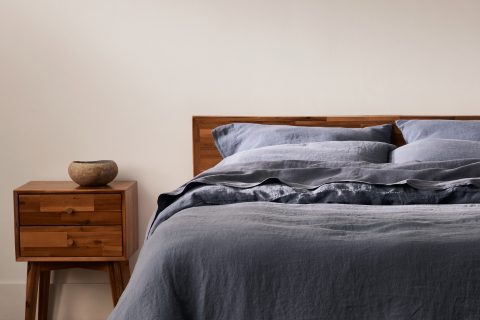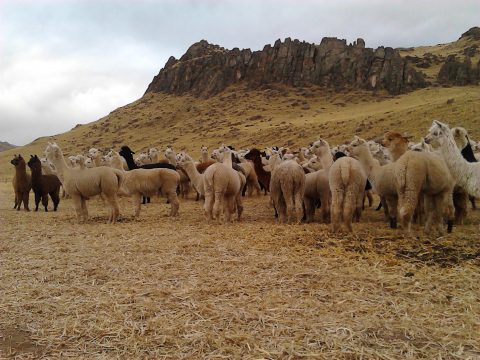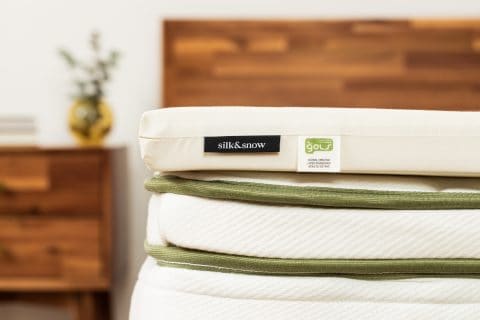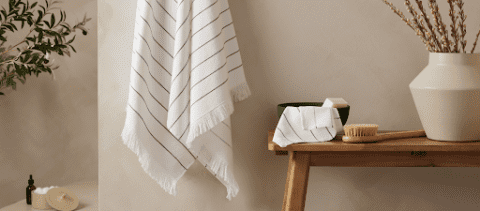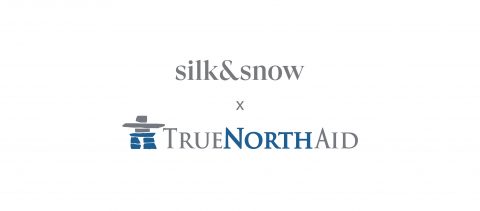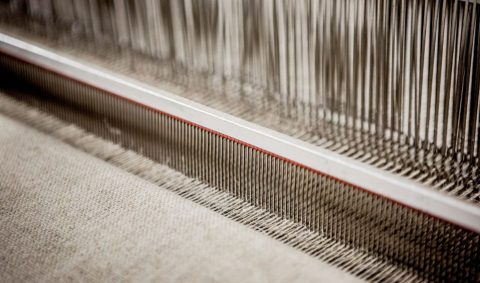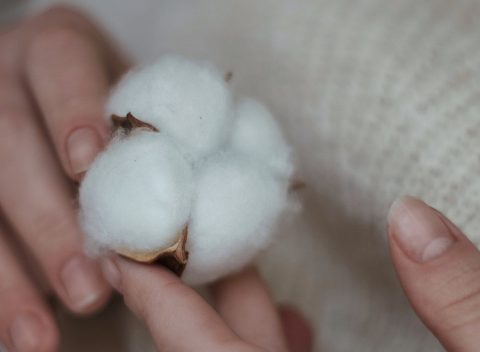While you may have heard of alpaca before, are you aware of the rich history of the relationship between the indigenous peoples of the Peruvian Andes and the lovable fluffy animals we’ve come to appreciate? There’s certainly lots of love regarding the story behind this amazing textile.
The indigenous peoples of Peru first domesticated the vicuna (the ancestor of the alpaca) over 5,000 years ago1, relying on their meat and coats to ensure their survival. Initially, the luxurious fibers from the alpaca were reserved for royalty, as the clothing made from them was highly coveted.
This practice continued for centuries, and the animal was popular within the region until the Spanish Conquests of the 1500s, where Spanish colonizers sought to replace the alpacas of the region with animals that produced their preferred textile – wool from the merino sheep.
Despite this, the popularity of the alpaca endured, and to this day Peru produces 4,501 tons of alpaca fiber annually2, some of which we use in our alpaca throw blankets that we offer at Silk & Snow. While the story and heritage behind this amazing textile drew us to it initially, it was the features of alpaca fiber that really won us over. In this article, we’ll be talking about some of those amazing features – as well as some of the ways we promote sustainability in sourcing the alpaca fibers that we use for our Silk & Snow alpaca throws.
In this article, we’ll be answering all your burning questions regarding alpaca, including:
- What is Special About Alpaca Wool?
- Is Alpaca Better than Wool?
- Is Alpaca Wool Itchy?
- Is Alpaca Wool Sustainable?
- What is Baby Alpaca?
- Our Peruvian Alpaca Blankets
- 100% Baby Alpaca
- Made in Peru
- Non-itchy
- Multiple beautiful styles
What is Special About Alpaca Wool?
Now that you know some of the histories behind alpaca wool, you may be thinking “what makes this fabric so special”? The answer is a lot of things! Alpaca fiber is naturally water and fire-resistant, making it a very safe fabric for use in the home.
Another wonderful feature of alpaca fiber is the number of colours that the material naturally grows in. Unlike other animal-based materials which require extensive dyeing, alpaca fiber grows in 22 different neutral shades, allowing for a variety of beautiful natural shades. The alpaca throws we offer at Silk & Snow contain zero synthetic dyes, as we utilize the full range of natural colours available to us from the beautiful fur of the Peruvian alpacas.
There are plenty of other benefits to alpaca fibers, which we will discuss in comparison to the more commonplace textile: sheep’s wool.
Is Alpaca Better Than Wool?
Since both textiles are derived from the coats of fluffy animals, naturally many are curious as to how the two textiles compare to one another. While the Spanish conquistadors famously preferred their merino sheep to the alpacas native to Peru, presently alpaca fiber compares much more favourably to sheep’s wool than it did centuries ago. Firstly, let’s talk about softness. The softness of alpaca fiber is one of the most appealing qualities of the textile, especially when compared to the oftentimes scratchy nature of wool (the “scratchiness” of wool comes from the barbs of the wool, which appear like microscopic fishhooks).
When it comes to the warmth of the materials, alpaca fiber has been proven to be warmer than sheep’s wool, and that is due to the internal structure of each material. The fibers of an alpaca’s coat are completely hollow, allowing warm air to be trapped inside of them. Conversely, sheep’s wool is only partially hollow inside, which means it does not possess the same level of warmth retention as alpaca. This means we can produce lightweight alpaca blankets that maintain the warmth you need to stay comfortable. In fact, our alpaca wool blankets are warmer than sheep’s wool, and possess only ⅓ of the weight.
Another fantastic quality of alpaca (in comparison to wool) is the fact that alpaca is hypoallergenic because it does not contain any lanolin. Lanolin is a greasy substance secreted through the pores of sheep, who use it to protect their wool coats. Because of this, sheep’s wool is not hypoallergenic, as some individuals can experience allergic reactions to the lanolin found in wool. You don’t have to worry about any allergic reactions to alpaca fiber, due to a lack of lanolin.
Is Alpaca Wool Itchy?
I’m sure all of us have received at least one itchy wool sweater for Christmas whilst growing up. Due to a couple of important factors, alpaca wool is not itchy, unlike sheep’s wool. Many individuals find sheep’s wool itchy due to the structure of sheep’s hair, which resembles a barb or fishhook. This structure, in combination with the greasy lanolin that lines the hair of sheep, is what causes that “itchy” or “scratchy” feeling that sheep’s wool is infamous for.
Without any lanolin or a barbed structure, alpaca wool will never cause you to feel itchy, making it a great choice for blankets, sweaters, and socks.
Is Alpaca Wool Sustainable?
Because alpaca is an animal product, we wanted to ensure that all the sourcing of the alpaca wool we use in our alpaca throw blankets helped to promote sustainable (and ethical) practices in the Peruvian alpaca industry. As such, all the alpaca fiber we use in our beautiful blankets at Silk & Snow is certified to be ethically and sustainably produced by SGS Peru, the nation’s leader in inspections and certifications for eco-friendly products. The generational alpaca breeders we partner with share our values of sustainability, transparency, and eco-friendly manufacturing, and place them in high regard – just like us!
Speaking in more general terms, however, alpaca fiber is considered to be an eco-friendlier material option when compared to alternatives (such as sheep’s wool), because of the lack of that greasy substance we spoke about earlier: lanolin. To make wool suitable for apparel and home goods, it’s often “superwashed” to remove all traces of lanolin – making it nearly hypoallergenic as well. Unfortunately, this “superwashing” process is taxing on the environment, due to the use of synthetic resins and chemicals3. By sticking to alpaca fiber, we also avoid the negative environmental impact of any chemical washing practices – which makes alpaca fiber more sustainable!
What is Baby Alpaca?
At Silk & Snow, we use high-quality baby alpaca in our alpaca throw blankets. But does that mean we are shearing baby animals? Not at all.
The term “baby alpaca” refers to the fineness of the fiber, which is measured in microns (microns measure the diameter of each alpaca fiber). Baby alpaca fiber is measured at 20.1 – 22 microns, which indicates that the fiber is extremely fine, making it a great choice for garments or soft goods that will touch your skin, like a lovely, soft blanket! So when you’re using your blanket made from baby alpaca, you can cuddle confidently knowing no baby animals were harmed in its production.
Silk & Snow Alpaca Throw Blankets
At Silk & Snow, we’ve paid close attention to every step of the production process for our alpaca throw blankets – from how the alpaca fiber has been sourced, to how the finished product has been treated. Our alpaca throw blankets are not only ridiculously soft and cozy, but also made with the planet in mind.
Sources:
-
MasterClass. “Fabric Guide: What Is Alpaca Fiber? – 2022.” MasterClass, MasterClass, 29 Sept. 2021, https://www.masterclass.com/articles/fabric-guide-what-is-alpaca-fiber#:~:text=Alpaca%20fiber%20has%20a%20storied,to%20the%20Inca%20tribes’%20survival.
-
“Peru Biggest Alpaca Fiber Producer in the World.” Andina, Andina, 4 Aug. 2017, https://andina.pe/ingles/noticia-peru-biggest-alpaca-fiber-producer-in-the-world-677500.aspx.
-
Lacasse, Katia, and Werner Baumann. “Textile Chemicals [Electronic Resource] : Environmental Data and Facts : Lacasse, K. (Katia).” Internet Archive, Berlin ; New York : Springer, 2004, https://archive.org/details/springer_10.1007-978-3-642-18898-5.
